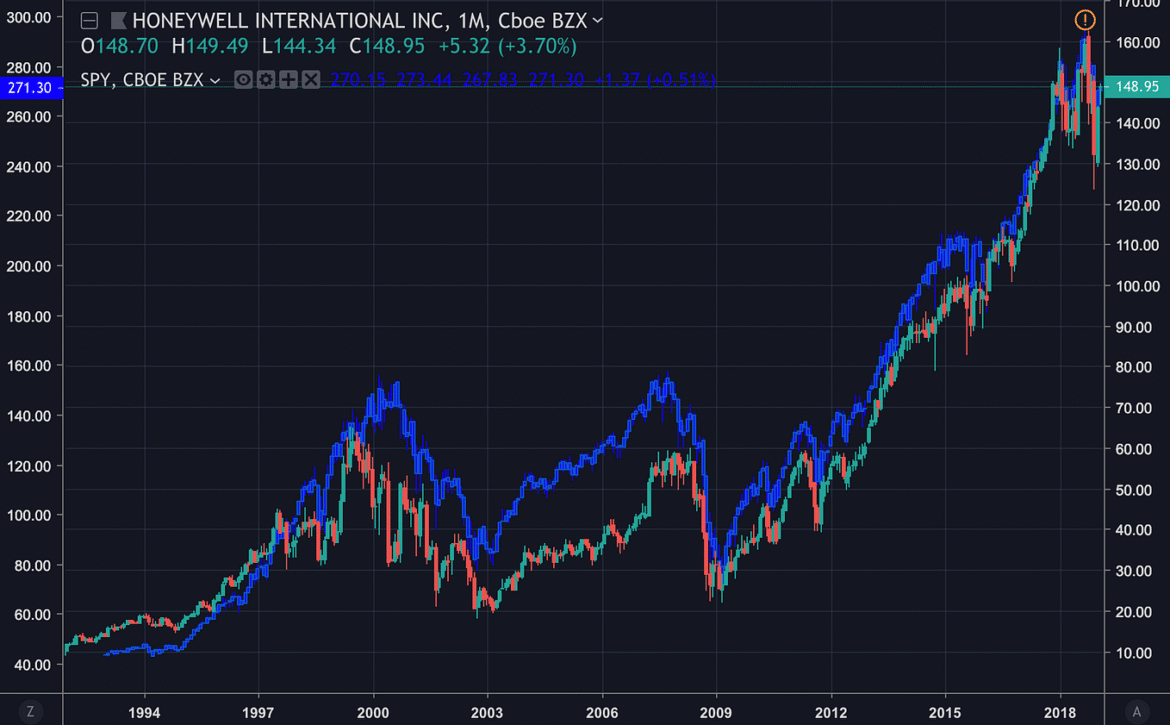Searching for patterns and correlations is a natural human tendency, especially regarding gambling activities. Players of bitcoin dice games often wonder whether cryptocurrency market movements might somehow influence their gambling outcomes. This curiosity leads many to analyze their gaming results on crypto.games/dice/bitcoin alongside price charts, trading volumes, and market sentiment indicators. The meaningful connections between these seemingly separate domains fascinate casual players and serious gamblers.
Illusion of patterns
Human brains are remarkably adept at finding patterns, even where none truly exist. This cognitive tendency, known as apophenia, manifests strongly in gambling contexts where players desperately seek predictable elements in random outcomes. Bitcoin dice players might notice they had several successful sessions during bull markets or that their losses coincided with specific market volatility periods.
These perceived connections often result from selective memory and confirmation bias rather than actual correlations. Players naturally remember when their observations match their theories while forgetting contradictory instances. Statistical analysis typically reveals that these “patterns” disappear when examining larger data samples with proper controls. Nevertheless, the psychological comfort of believing one has discovered hidden market-gambling connections remains powerful for many players.
Synchronicity factor
Some players track what they consider “lucky periods” across both dice games and market trading, attributing their observations to concepts like:
- Cosmic alignment or astrological factors affecting both domains
- Daily biorhythms influencing decision quality in both activities
- Market liquidity conditions somehow “spill over” into game mechanics
- Time of day patterns that affect both trading algorithms and random number generators
- Network congestion potentially influencing both systems during high-volume periods
While these theories lack scientific validation, they represent attempts to create unified frameworks for understanding seemingly random outcomes. The desire for control and predictability drives these pattern-seeking behaviors, even when statistical evidence contradicts the perceived connections.
Value perception shifts
The concrete way market conditions influence dice gaming relates to how players perceive the value of their bets. During periods of rapid bitcoin appreciation, wagering 0.001 BTC might feel psychologically different from during price declines, even though the nominal amount remains identical. This shifting value perception alters risk tolerance and decision-making.
- During bull markets, players may view their bitcoin as “house money” and gamble more freely
- Bear markets might trigger more conservative betting as players seek to preserve diminishing value
- Price volatility can create temporal distortions in how stakes are perceived throughout a session
- Players may adjust bet sizes based on fiat currency equivalency rather than bitcoin amounts
- Gaming budgets often expand or contract based on overall portfolio performance
These behavioral adaptations create different gambling patterns that correlate with market movements without implying any direct connection between market trends and game outcomes. The dice remain random, while human behavior fluctuates predictably with market sentiment.
Data mining and statistical pitfalls
Some dedicated players analyse sophisticated data to identify correlations between market indicators and gambling results. These efforts often involve collecting extensive datasets and applying various statistical tests to find potential relationships. This approach frequently encounters significant methodological challenges. The primary issue with such analyses is multiple hypothesis testing. When examining numerous potential correlations simultaneously, some will appear statistically significant purely by chance. Players easily mistake these random associations for meaningful patterns without proper statistical corrections. Retrospective analysis suffers from selection bias, where players unconsciously select timeframes and metrics that support their preexisting theories.

